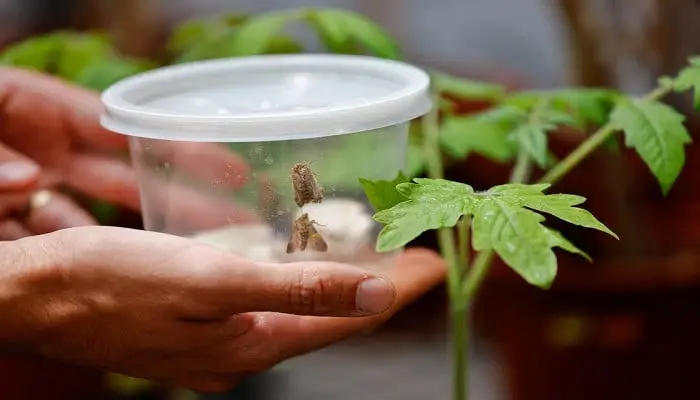Plants and insects might communicate through sound, according to Tel Aviv researchers, marking a breakthrough in the study of nature’s acoustic signals.
The study, published in the journal eLife, shows that female moths can detect ultrasonic distress signals released by dehydrated tomato plants and use this knowledge to choose where to lay their eggs.
Moths usually deposit their eggs on tomato plants so their larvae have food once they hatch.
The research was led by Rya Seltzer and Guy Zer Eshel in the laboratories of Yossi Yovel and Lilach Hadany, both professors at the university’s Wise Faculty of Life Sciences.
“We’ve provided the first evidence of acoustic interaction between a plant and an insect,” the team said in a statement.
The findings build on the group’s earlier research, which found that plants produce ultrasonic sounds when under stress.
This discovery could influence agriculture and pest control, opening new ways to manage crop health and insect behaviour through sound.
Although the ultrasonic sounds from plants are beyond human hearing, many insects and some mammals, such as bats, can detect them.
To test this, the researchers placed female moths with two healthy tomato plants – one with a speaker playing sounds recorded from a drying plant and the other left silent.
The moths favoured the silent plant, showing they use these sound cues to find the best spots for laying eggs.
Further tests confirmed that the moths’ decisions were directed only by plant sounds.
“Here, we’ve observed that some animals can actually make sense of these sounds,” said Hadany.
“We believe this is only the start. Many more animals may be reacting to various plants.”
